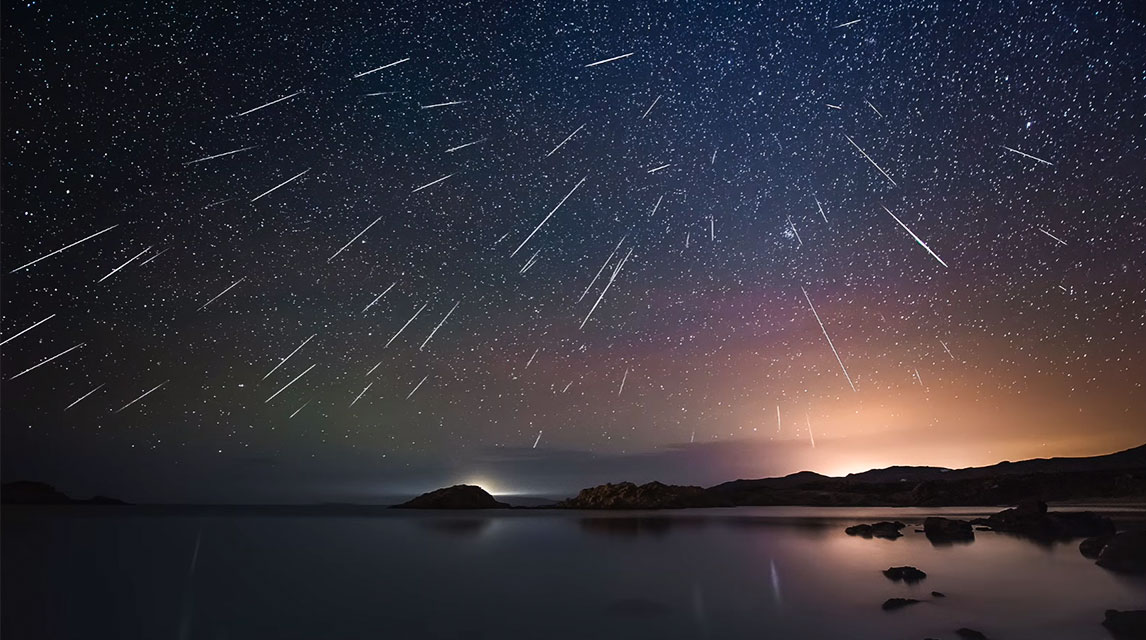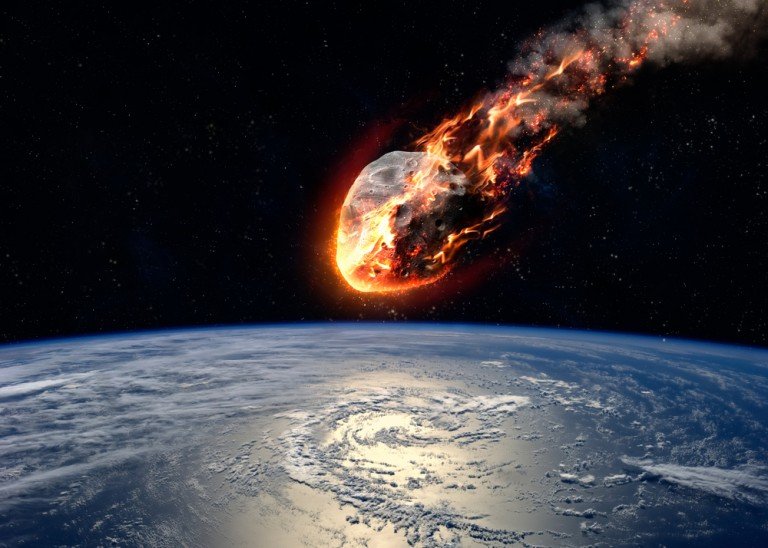
Comets formed beyond what's called the frost line, where it was cold enough for water and gases like carbon dioxide to freeze. Because of this collapse, which releases heat, the central regions of the nebula were hotter and denser, while the outer regions were cooler."Īsteroids formed near the center of the hot nebula where only rock or metal remained solid under extreme temperatures. At the center of the nebula, the sun was being born through gravitational collapse. "The solar system formed from the solar nebula, a cloud of gas and dust. "While asteroids and comets did form at the same time, they did not form under quite the same conditions," Scharringhausen wrote. The difference between the composition of asteroids and comets is likely due to how and where they were born, wrote Britt Scharringhausen, a professor of astronomy at Beloit College in Wisconsin. A second tail is formed when high-energy solar particles ionize the gas, creating a separate ion tail. Radiation pressure from the sun blows away the dust particles in the coma to produce a long, bright dust tail. This produces an atmosphere surrounding the comet that can grow to thousands of miles in diameter, called a coma. When a comet nears the sun, the nucleus warms up and the ice begins to sublimate from solid to gas.

The snowball makes up the central nucleus of a comet, which is often less than a few miles across, according to NASA. The belt formed not long after the birth of Jupiter when the massive planet's gravity trapped planet-forming leftovers, causing them to collide with one another and form the millions of asteroids we see in the belt today.Īstronomer Fred Whipple was the first to describe comets as dirty snowballs, or icy conglomerates of frozen gases and dust. Nearly all asteroids are found in a doughnut-shaped region between Mars and Jupiter, called the asteroid belt. The composition of asteroids range from dark, rocky clumps of rubble consisting of clay and silicate rocks to bright and solid amalgamations of metals such as iron or nickel, according to NASA.


Only a small number of asteroids are large enough that their gravity forms them into spheres, such as Ceres. Most asteroids look like giant space potatoes, with their oblong shapes and surface that's pockmarked by numerous craters caused by collisions with other asteroids. Ceres is so large, it received a promotion to the status of a dwarf planet in 2006, the same controversial distinction given to Pluto. At first glance, asteroids may seem like run-of-the-mill space rocks, but these ancient solar system remnants come in all shapes, sizes and flavors.ĭespite their small stature (the mass of all the asteroids combined is less than Earth's moon), asteroids are also called minor planets or "planetoids." They range in size from the smallest boulders, 3 feet across (1 m), to the largest asteroid, Ceres, which is nearly a quarter the size of Earth's moon (about 590 miles in diameter, or 950 kilometers).


 0 kommentar(er)
0 kommentar(er)
